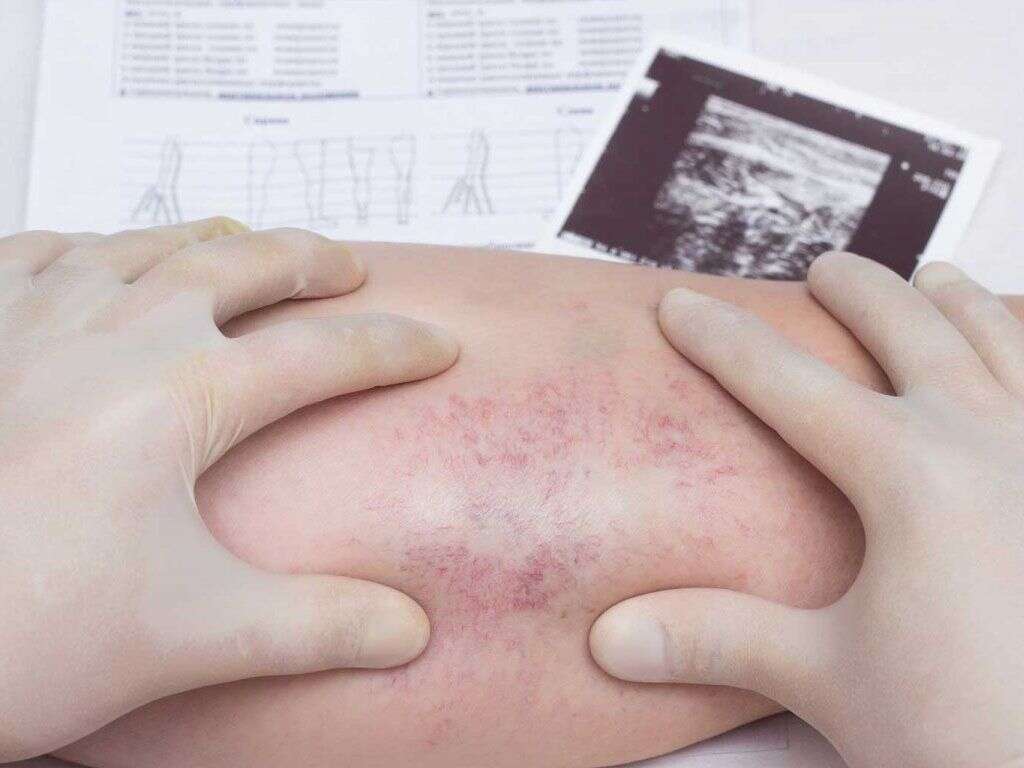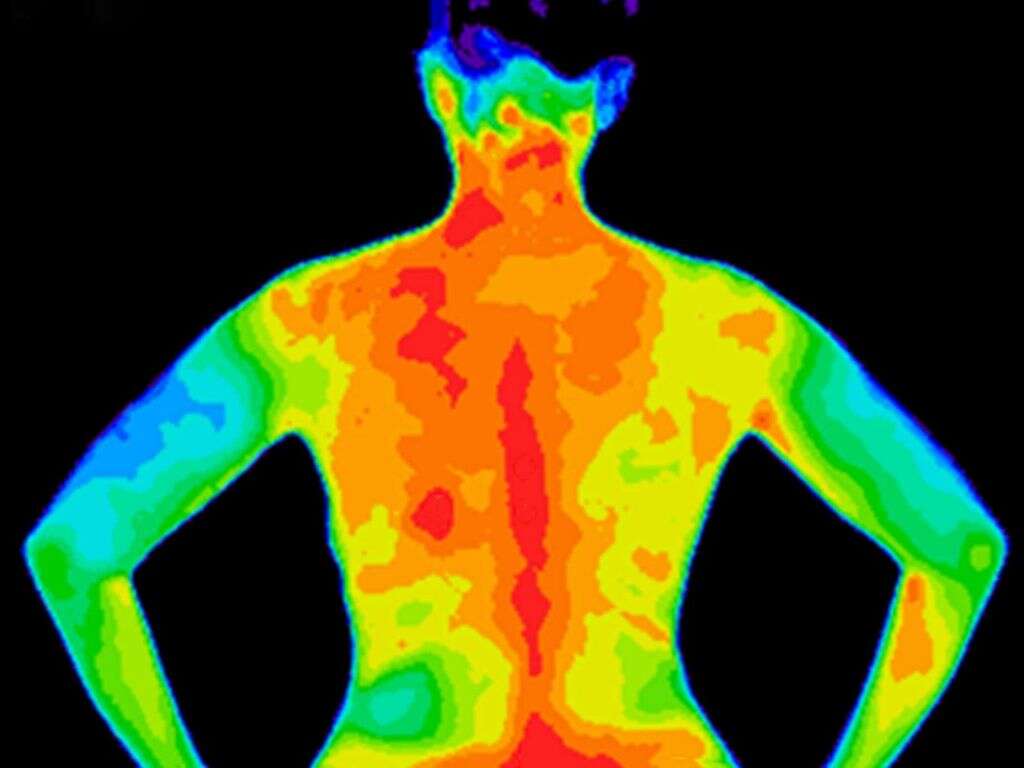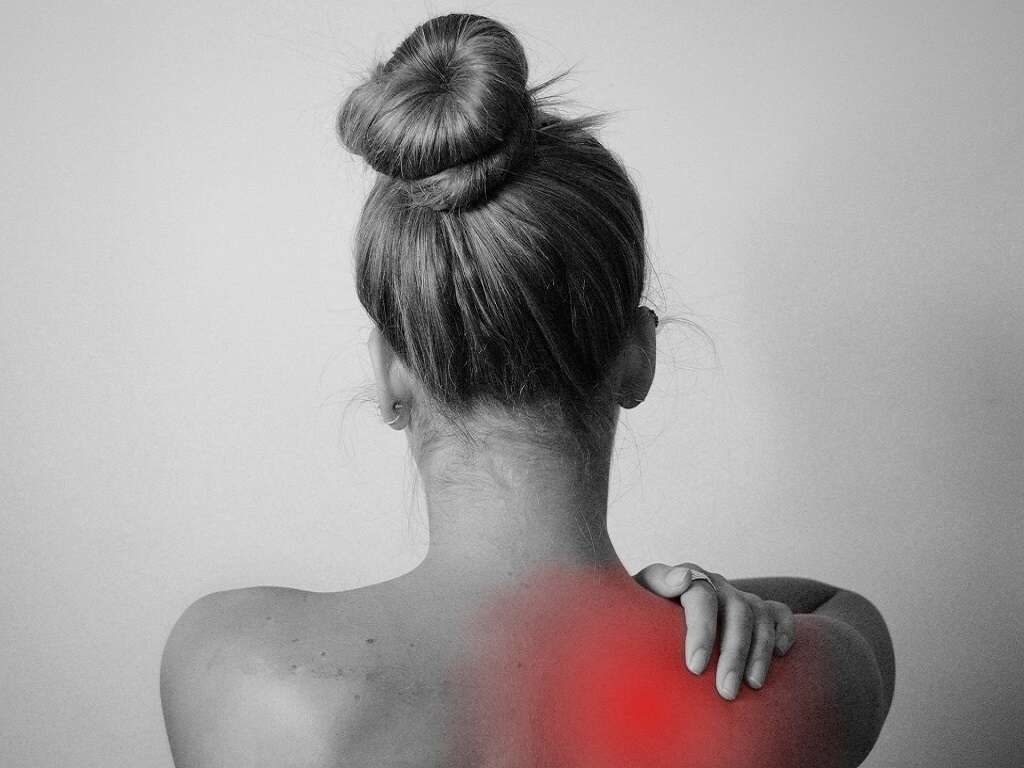What Is Tietze Syndrome?
Our rib cage helps to form a protective cage that keeps the organs and other soft tissues inside safe. It is able to withstand a reasonable amount of force and keeps us fairly safe in our day to day lives. It is made up of several parts, and these are held together in the middle.
Tietze syndrome is a condition that affects the joints where our ribs meet the sternum. It is not necessarily a dangerous condition in itself, but it can be extremely uncomfortable for the patient. The cure for the condition, if possible, depends on what is causing it. If a cure is not available then the patient can at least be treated for their symptoms in many cases.
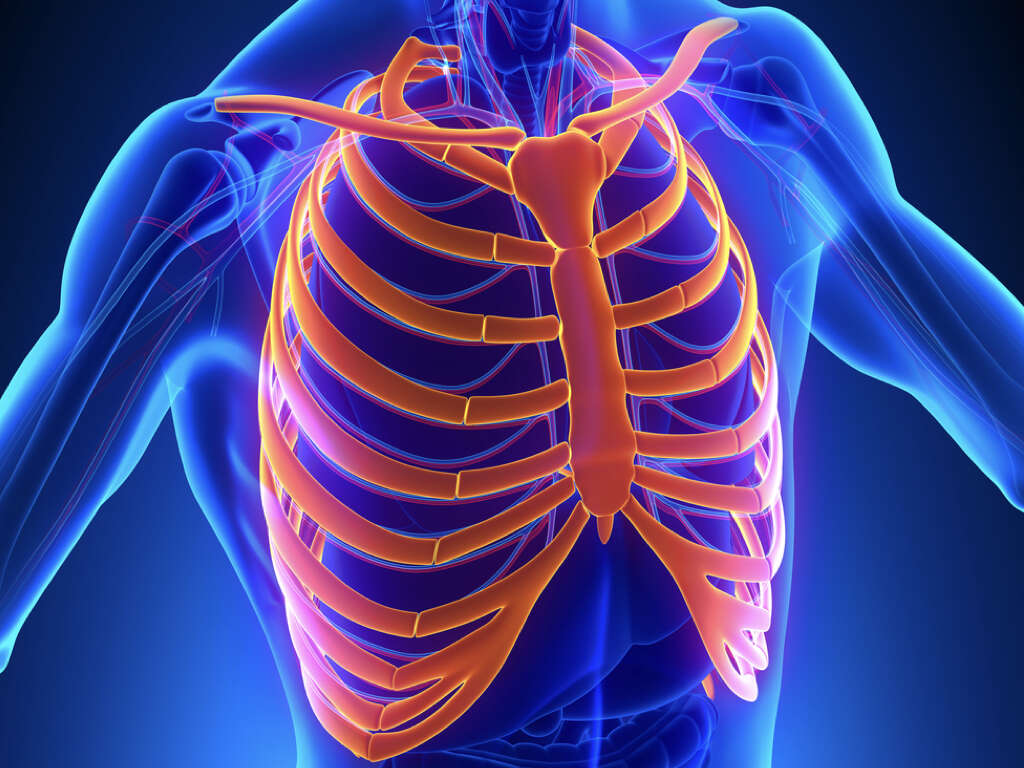
1. The Costochondral Joint
Our ribs are all connected to the sternum. Also known as the breastbone, the sternum is the bony plate that is found at the front of the chest, starting at the collar bone and going down to just above the abdomen. The sternum and the ribs combine to create a cage that helps to protect the protect the lungs and the other organs located in the chest area.
Each rib is connected to the sternum by a joint made of cartilage. This helps to bind the bones together while also offering some flexibility to allow for breathing. These joints are known as costochondral joints.
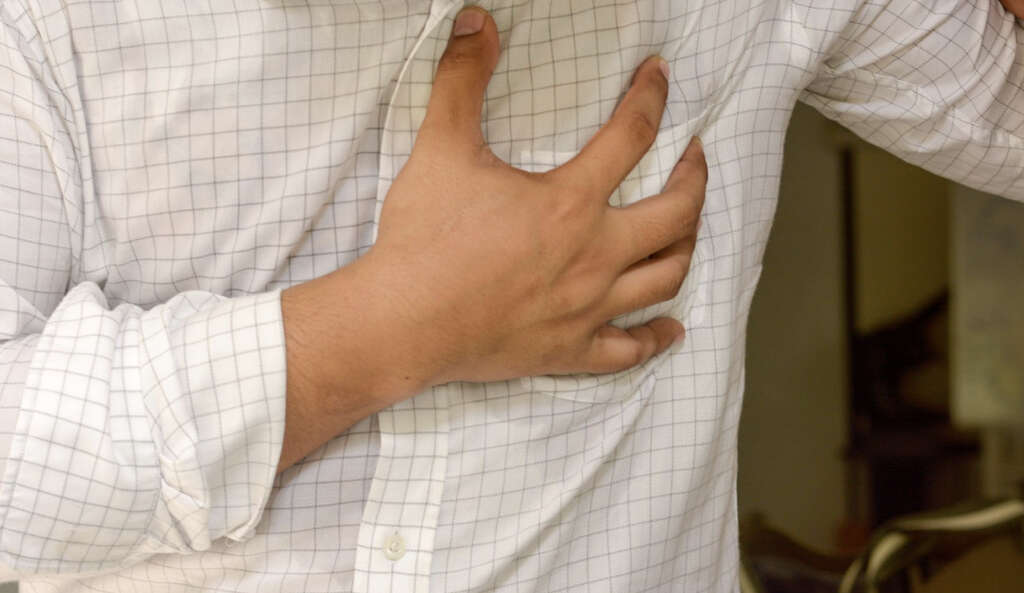
2. Costochondritis
Cartilage, although softer than bone, is made from some very tough stuff. It acts as a shock absorber and is able to take rather a lot of punishment. It is not, however, completely safe from harm and it can become infected. The cartilage of the costochondral joint can also become infected in a condition that is known as costochondritis.
Costochondritis is not necessarily a dangerous condition, but it can still be very painful. It can also be treated, at least to help reduce the discomfort of the symptoms. It will often go away on its own after a few weeks or so, but it can also last for months.
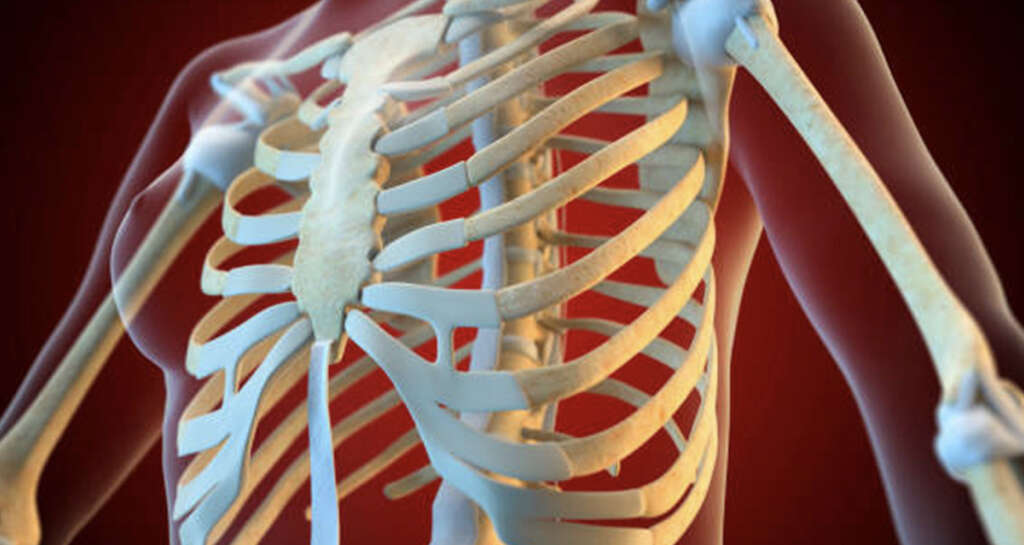
3. Tietze’s Syndrome
Tietze’s syndrome is a condition that is very similar to costochondritis, but is still separate. The symptoms of both are very similar, meaning that Tietze’s syndrome is often mistaken for Costochondritis. The conditions are similar because both mean that the costochondral joints are inflamed.
Tietze’s syndrome is far less common than costochondritis is, and there are some differences between the two. Perhaps the main reason is that Tietze’s syndrome can also cause swelling of the chest. Costochondritis is also more likely to affect people over the age of 40, whereas Tietze syndrome tends to infect people under 40 years old.

4. Pain
One of the main symptoms of Tietze syndrome is a pain in the chest, and it is usually described by patients as a sharp pain. In some cases, it will appear suddenly, but some people will find it develops gradually. The area can also be tender to the touch, and the patient might want to try and avoid physical contact.
Patients will also find that the condition can be made worse by sitting in certain postures, or even when laying down. Physical activity can also make it worse, as can coughing, sneezing, and deep breathing. Applying any amount of pressure to the chest can also increase the pain.
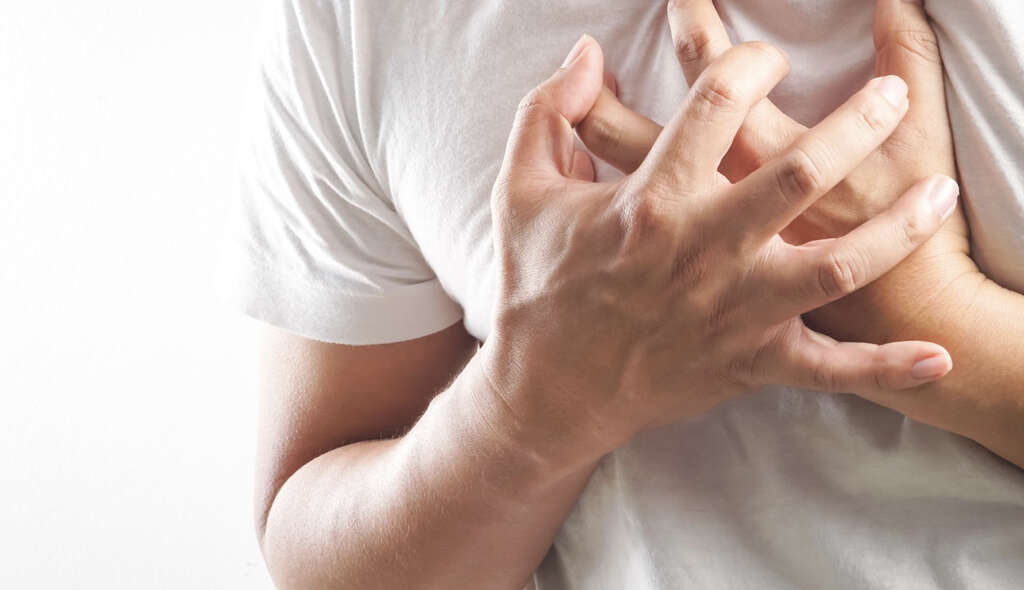
5. Complications
Sometimes the level of pain caused by Tietze syndrome can be quite intense. So intense that the patient might be concerned it is something much more serious. Such as a heart attack, for example. However, a heart attack is unlikely to cause pain only and is likely to be associated with other symptoms including nausea, sweating, and difficulty breathing.
Regardless, it is never a good idea to be too complacent because a heart attack, and some other conditions that cause chest pain, can be very dangerous. If you are not sure, it is best to play it safe and get medical assistance as soon as you possibly can.

6. Infection
It is not exactly clear what causes Tietze syndrome, but there are some factors associated with the condition. One of these is an infection. Pathogens that make their way to the costochondral joint can cause them to become inflamed, thus potentially causing Tietze syndrome.
The types of infections responsible are likely to be infections of the respiratory tract. In addition, any wound in the area that becomes infected can also be problematic. It is always a good idea to treat infections as soon as they are discovered to help prevent them from developing into something serious. Steps should also be taken to try an prevent getting an infection in the first place.

7. Physical Exertion
Have you been working out too much at the gym lately? It is advised that you work out carefully and avoid overdoing it to help prevent causing yourself injuries or any other problems. If you do overdo it, then you might end up with Tietze syndrome.
It is not just in the gym that this can happen. Some people might over exert themselves when taking part in other sports or even doing some heavy lifting at home. If you have over exerted yourself and you think you might have done yourself harm then you should speak with a medical professional as soon as you can.

8. Coughing
Coughing can be an extremely unpleasant symptom at times. The action of coughing can be painful for the patient and potentially lead to other complications. One potential outcome of severe coughing is that the patient can develop Tietze syndrome.
If you cough hard enough and persistently enough then it can cause damage to your body, mainly in the chest area. In some cases, it can cause the costochondral joint to become inflamed, potentially leading to Tietze syndrome. If you are coughing too much, then you should get medical help and they may be able to at least reduce the severity of the symptoms.

9. Repetitive Movement
We are breathing in and out all day, every day, even when we are sleeping. Every single movement contributes a tiny amount to the wear and tear of the joints, but these minute amounts can all add up over time. The average person breathes in and out 20-30 times every single minute. Take into account the movements in days, weeks, and years, and it becomes far more significant.
In some people, the gradual wear and tear can become sufficient enough to cause inflammation of the joints. In some cases, this can cause Tietze syndrome. It is more likely to occur in older people, while active people are also going to be at a higher risk than other people are.

10. Treatment
Treating Tietze syndrome tends to involve treating the symptoms, in addition to the underlying cause if it is known. In many cases, painkillers such as paracetamol and ibuprofen are used. It should be noted that painkillers like ibuprofen are not suitable for everybody. Some people might also receive cortisol injections to help reduce the inflammation.
In some cases, transcutaneous electrical nerve stimulation (TENS) might be recommended. This involves delivering a gentle electric current to the affected area so that the electrical impulses can impede pain signals. This treatment is not effective for everybody and more research is required to help ensure the treatment is genuinely effective.




